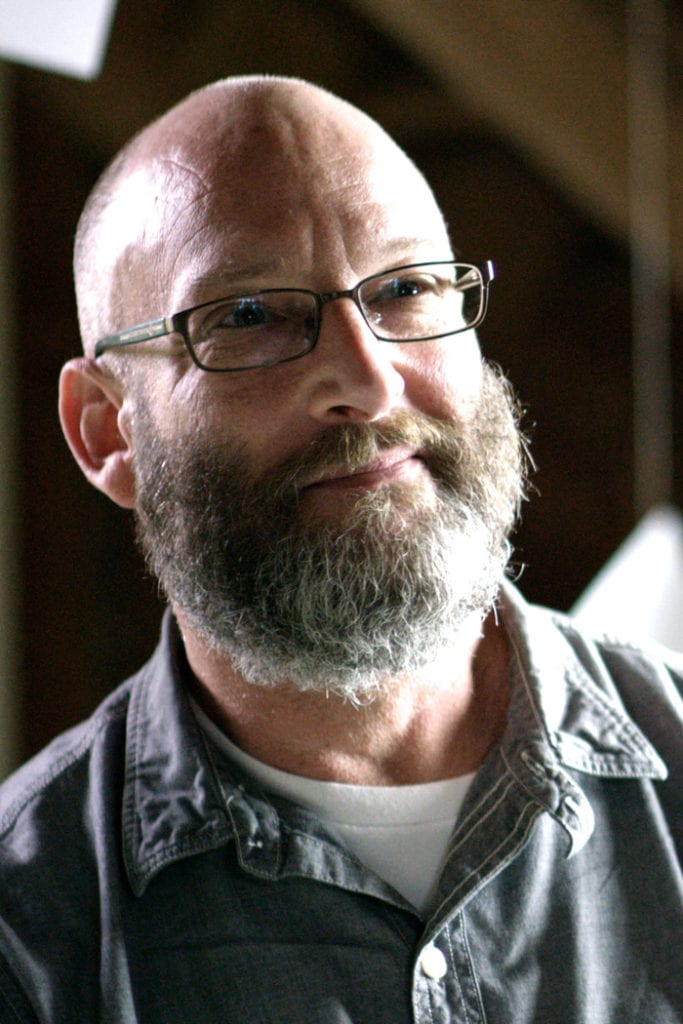
In “Boot Theory,” each stanza begins with a similar opening, a take on the old jokes that begin A man walks into a bar and says…In “Boot Theory,” Siken spins out the possibilities of what happens next in each subsequent stanza.

The effect is reeling because the violence of the story is repeated in every stanza. Had the same thought, and with the same solution: a series of retelling starting from the resolution of the story and movingīackwards through time revealing more and more of the backstory. Line of “The Torn-Up Road”: “There is no way to make this story interesting.” The screenwriters of the movie Memento probably Two poems stand out as the most accomplished in this matter: “The Torn-Up Road” and “Boot Theory.” The first It is the tao of the line.Īs the opening poem title suggests, Siken is also concerned with narrative Impossible to imagine the poem working in any other way than the way it appears on the page. There is a finality in the form that makes it Matched my reading of them this is no appeal to organicism, believe me. The effect is rather like falling down a waterfall and safely landing in the pool below. Tell me how all this, and love too, will ruin us. Tell me about the dream where we pull the bodies out of the lake Here is an example from the opening poem, “Scheherazade”:

Next year, I’ll use Richard Siken’s Crush as one of the best examples None of these offers a definitive theory of the line. Maybe you discuss Ginsberg and breath or Duncan and heartbeat. Recall, that one of the first questions that students askĪbout writing poetry is how do you know when to go to the next line? You give them different answers based on the poetics Is already a master on the level of form, on the level of techne. If we can speak of form separately from content (and that is a Big If), Siken Required of the poet is threatening, that when we are possessed by light there is the possibility that we will becomeĪccustomed to the light and not recognize it for what it is.

Imagine being useless.” In another, the light that is To “Imagine standing in a constant cone/ of light. The book also quietly lets the reader in onĪnother secret: the strange pain of sustaining the sensitivity required of the poetic act. Of recurrent nightmares of illness, hunger, and bodies pulled from a river.

Panic is the result, but the book is about a desire that is red, as in a slice of apple, a kiss, and blood. This book is about a species of desire that drives you to panic. Louise Glück wrote the foreward for Richard Siken’s Crush, winner of the Yale Younger Poets Series Award for 2004,ĭeclaring: “This is a book about panic.” I would disagree.


 0 kommentar(er)
0 kommentar(er)
